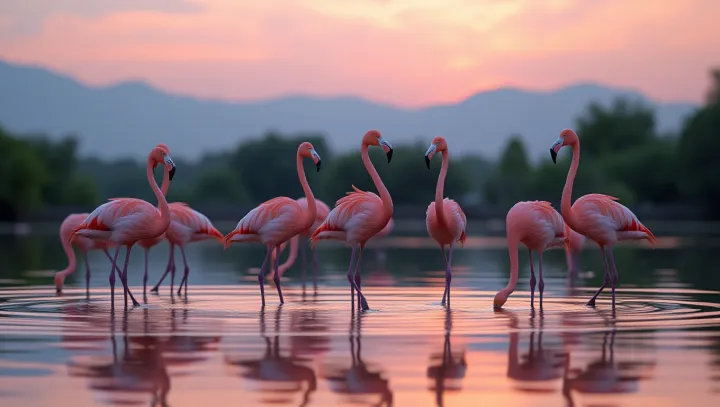Why Flamingos Flock Together In Thriving Groups

In the serene wetlands of East Africa, flamingos are most remarkable for their stunning pink hues and their enigmatic social gatherings. Observers often find themselves enraptured by the sight of thousands of these birds congregating. Experts reveal that living in large groups serves multiple purposes for flamingos.
According to Dr. Emma Smith, a leading ornithologist from the Avian Institute, 'Being in large flocks provides flamingos with heightened security against predators, which are less likely to attack a substantial group.' Beyond protection, these sociable birds enjoy enhanced feeding opportunities. In large numbers, flamingos engage in communal pecking, which stirs up more food sources, such as algae, making feeding more efficient.
Moreover, the flamingos’ breeding success is notably linked to their flock sizes. In large groups, mating rituals and partner selection become more robust, increasing the chances of successful reproduction. This collective living strategy is crucial for their survival and thriving in the dynamic ecosystem of East Africa, proving that nature often favors the strength found in numbers.
